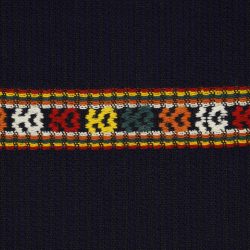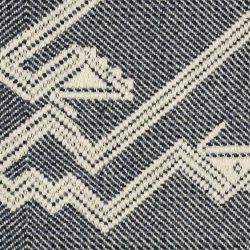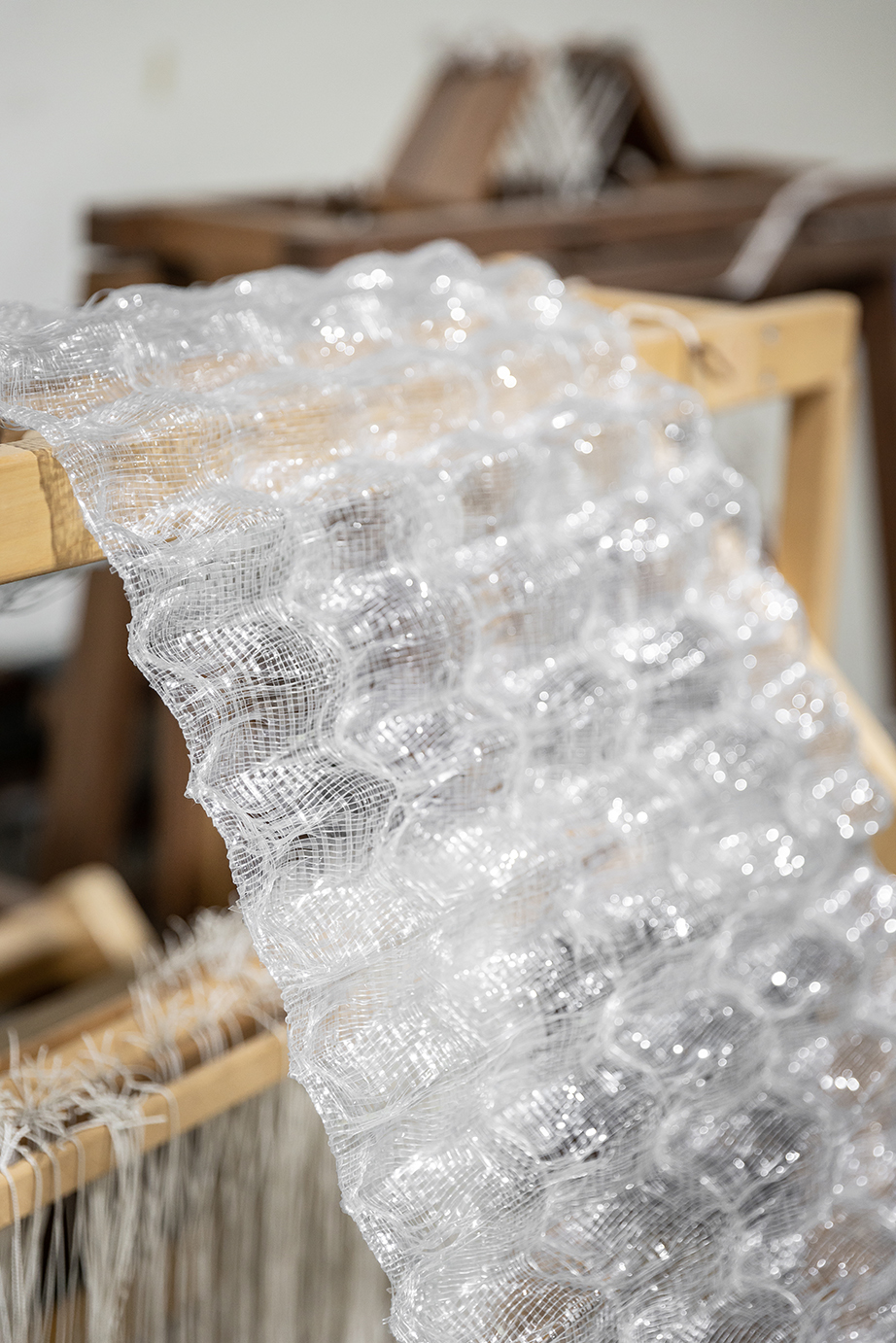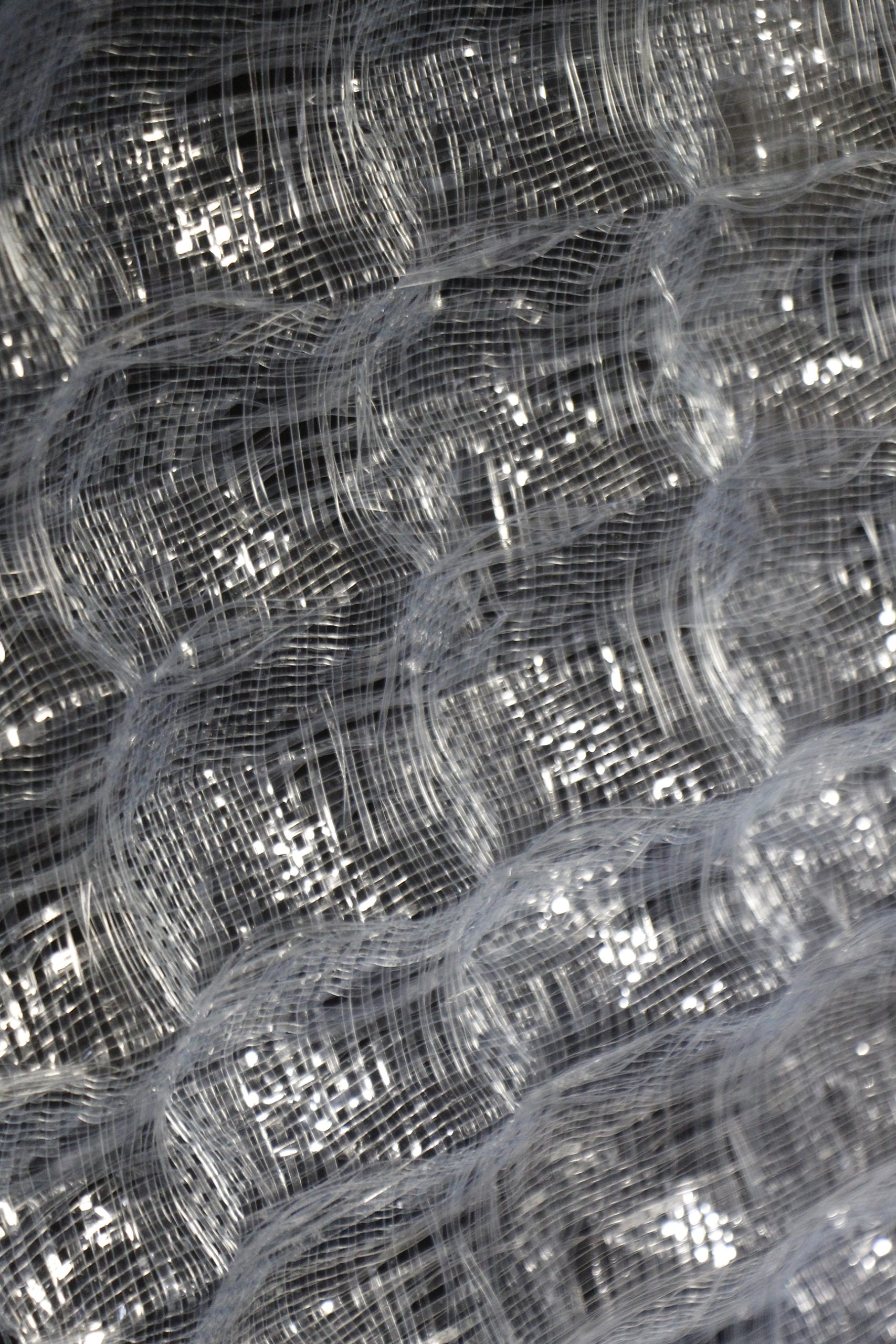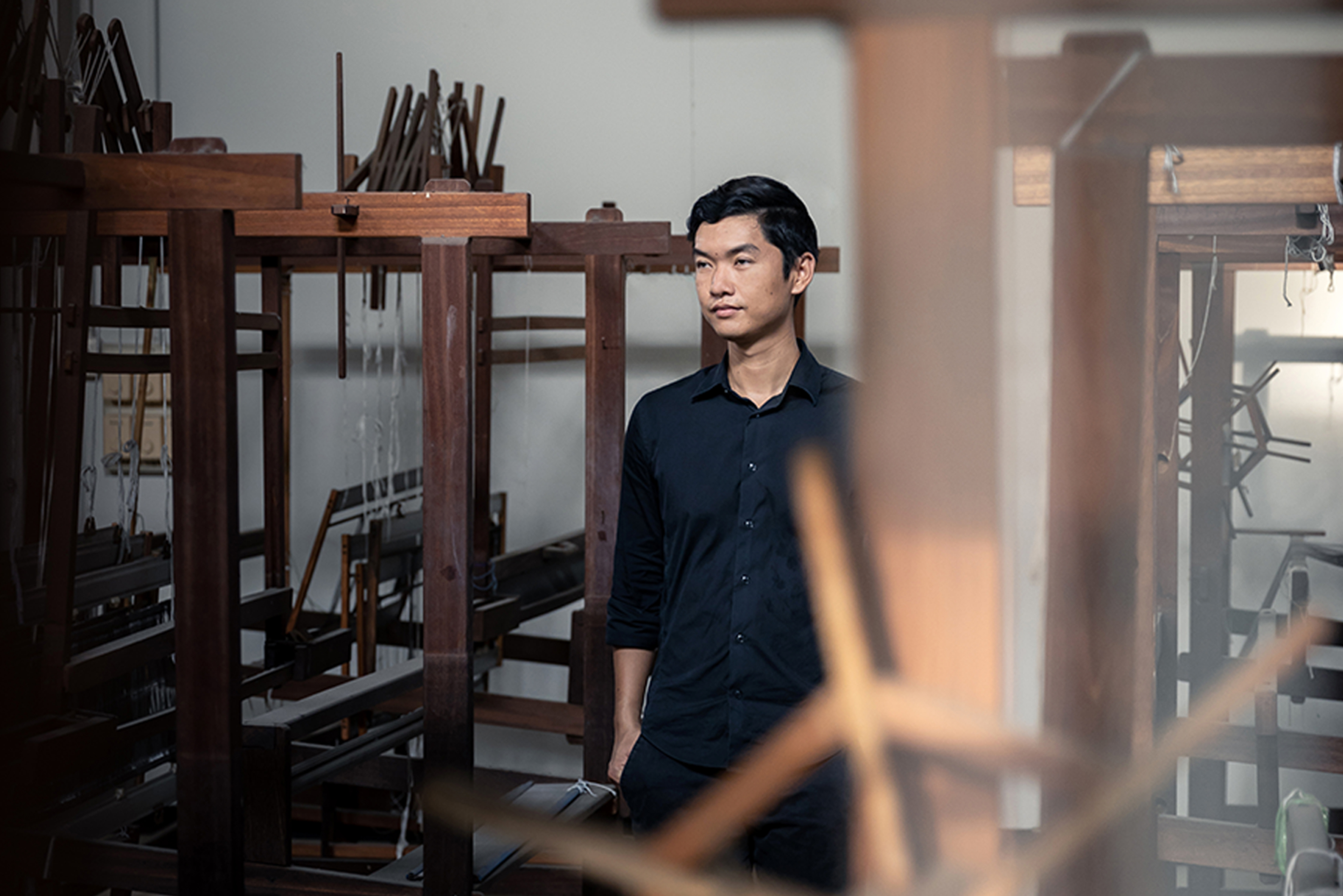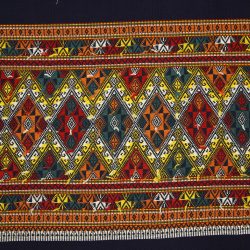LET US INTRODUCE YOU TO THE TEXTILE DESIGNER WHO TRIES TO SHRINK THE GAP BETWEEN DESIGNERS AND ARTISANS
TEXT: TUNYAPORN HONGTONG
PORTRAIT: KETSIREE WONGWAN
PHOTO COURTESY OF WUTHIGRAI SIRIPHON
(For English, please scroll down)
นักออกแบบสิ่งทอ (textile designer) ไม่ใช่อาชีพที่เป็นที่นิยมนักในบ้านเรา โดยเฉพาะเมื่อเทียบกับความเฟื่องฟูของวงการแฟชั่นและจำนวนของแฟชั่นดีไซเนอร์ที่มีให้เห็นเกลื่อนเมือง เหตุผลเบื้องหลังอาจเป็นเพราะงานออกแบบสิ่งทอเป็นกระบวนการที่เกิดขึ้นระหว่างทางก่อนจะพัฒนากลายเป็น final product ของงานแฟชั่น textile designer จึงเสมือนอยู่ในโลกเบื้องหลังที่ทำงานเพื่อให้กลายเป็นผลงานของคนอื่น ดังนั้นมันจึงไม่ใช่เรื่องแปลกที่หลายคนจะเลือกเดินไปในทางของแฟชั่นมากกว่า textile แต่นั่นไม่ใช่สำหรับ วุฒิไกร ศิริผล อาจารย์สาขาวิชาสิ่งทอ และ textile designer รุ่นกลาง–ใหม่ของไทยที่กำลังเป็นที่น่าจับตา
วุฒิไกรจบการศึกษาจากคณะศิลปกรรมศาสตร์ สาขาออกแบบพัสตราภรณ์ มหาวิทยาลัยธรรมศาสตร์ (เกียรตินิยมอันดับหนึ่ง) จากนั้นเขาทำงานให้กับแบรนด์ Rapeeleela อยู่สองปี ออกไปเป็นนักออกแบบฟรีแลนซ์ แล้วได้ทุนอานันทมหิดลไปเรียนปริญญาโทและเอกทางด้าน textile ที่ Royal College of Arts ก่อนจะกลับมาเป็นอาจารย์ที่ธรรมศาสตร์ “เราสนใจ textile มากกว่าแฟชั่น เพราะเรามองว่าการทำงานมันเกี่ยวข้องกับอะไรหลายอย่าง ทั้งเทคโนโลยี การจัดการ และเรื่องของความเป็นไปได้ textile มันสนุก ท้าทาย แล้วก่อนที่จะเข้าเรียนที่ธรรมศาสตร์ เราเคยเรียนตัดเย็บมาแล้ว ตอนนั้นแฟชั่นเลยไม่ได้น่าตื่นเต้นสำหรับเราเท่าไร”
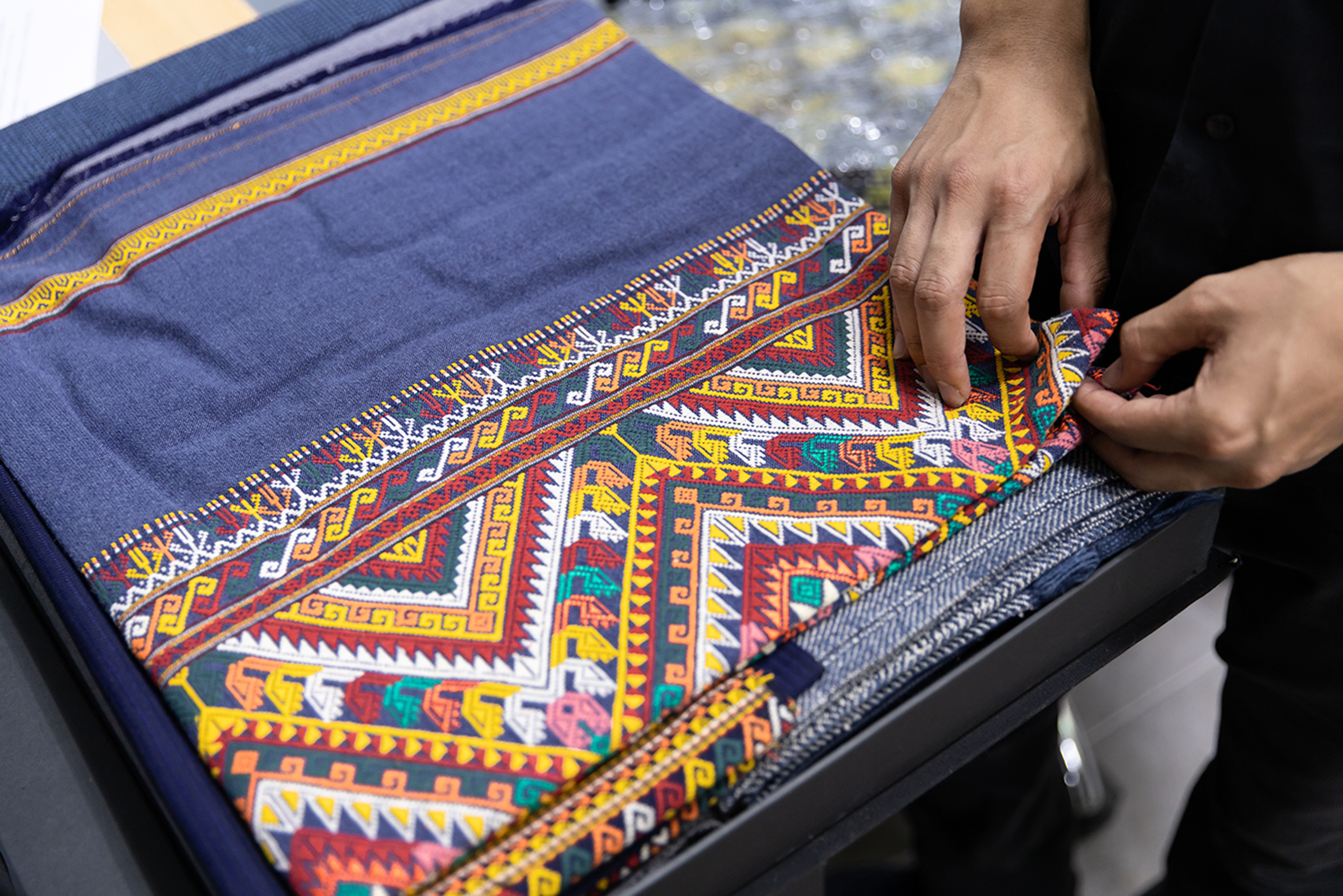
ผ้าทอมือลวดลายวัฒนธรรมลาวครั่ง ทอเมื่อไปฝากตัวเป็นศิษย์ ป้าจำปี ธรรมศิริ อ.บ้านไร่ จ.อุทัยธานี ช่วงที่ทำวิจัยปริญญาเอก
สำหรับวุฒิไกร สิ่งสำคัญที่สุดของงานออกแบบผ้าคือ “อย่างแรกต้องน่าใช้อันนี้เป็นเรื่องวิช่วล คือหนึ่ง–ตาเห็นก่อน เห็นแล้วต้องไม่น่าเกลียด อยากจับ แล้วพอจับแล้วสัมผัสต้องเหมาะกับสิ่งที่คาดหวังไว้ เช่น ถ้าผ้าชิ้นนั้นจะมาอยู่บนตัวเรา เนื้อผ้าก็ต้องไม่หยาบ ซึ่งอันนี้เป็นเรื่องฟังก์ชั่น นอกจากนั้นก็เป็นเรื่องดีเทล เช่น การทิ้งตัวของผ้า ความลื่น มวลผ้า ตัดแล้วจะรุ่ยง่ายมั้ยหรือฟังก์ชั่นอื่นๆ ก็เช่น ความแข็งแรงของผ้า”
“ส่วนรูปแบบการทำงานผ้าที่เราชอบ ก็คือการทอไม่ก็ถัก คือเราชอบทำงานกับเส้นด้ายให้กลายเป็นผ้าขึ้นมา ส่วนงานพิมพ์งานปักจะไม่ค่อยชอบเท่าไร เพราะมันมีผ้ามาอยู่แล้ว เราก็แค่ปักหรือพิมพ์ลายลงไปแค่นั้น เพราะส่วนตัวเรามองว่า ความน่าพึงพอใจของงานผ้าคือเวลาที่เราได้เห็นมันค่อยๆ เติบโตขึ้น จากเส้นด้ายเป็นผืนผ้า”
ในการทำงานทอและถัก วุฒิไกรมักนำเอาวัสดุแปลกๆ มาใช้ ตั้งแต่ เส้นผม กระดาษ ใบไม้ สายไฟ ลวด เอ็น “อะไรที่เป็นเส้น ก็เอามาทอได้หมด” โดยผลงานชิ้นหนึ่งที่เขานำเอาวัสดุแบบ unconventional มาทอ คือ ผลงานสิ่งทอเส้นด้ายจากขวดน้ำพลาสติก ก็ทำให้เขาคว้ารางวัลที่ 3 จากการประกวดงานออกแบบสิ่งทอจากวัสดุเหลือใช้ในโครงการ Young Creations Award: Upcycling 2016 ในงานจัดแสดงสินค้า Heimtexil ที่เมืองแฟรงค์เฟิร์ต เยอรมนี
ถ้าเป็นไปได้ ในการทำงานออกแบบสิ่งทอของตนเอง วุฒิไกรจะเลือกทำงานด้วยตัวเองในทุกกระบวนการ เพราะสามารถควบคุมการทำงานอย่างที่ต้องการได้ทั้งหมด “เพราะถึงจะมีแบบ แต่ในกระบวนการแปลง visual ไปเป็น material ช่างแต่ละคนจะมีการตีความแตกต่างกันไป การจะให้ดีไซเนอร์กับช่างตีความเหมือนกันนั้นยากมาก คงต้องทำงานด้วยกันมานานมาก”
ประเด็นที่วุฒิไกรพูดถึงนี้ดูจะเป็นสาเหตุหนึ่งที่ทำให้วงการ textile ในบ้านเรายังไม่ก้าวหน้าไปอย่างที่ควรจะเป็น เช่นเดียวกับที่อาจเป็นเหตุผลว่าทำาไมแบรนด์แฟชั่นหลายแบรนด์ถึงไม่สามารถผลิตผ้าขึ้นเป็นของตัวเองได้ ความสนใจของวุฒิไกรในประเด็นนี้ทำให้เขาพยายามหาวิธีการทำงานร่วมกันระหว่างดีไซเนอร์และช่างฝีมือ เพื่อให้เกิดการทำงานที่มีประสิทธิภาพ ในโปรเจ็กต์ระหว่างเรียนปริญญาเอก เขาจึงเลือกทำวิจัยในหัวข้อ ‘Localised Design Practice in Thai Hand Weaving’ โดยวุฒิไกรเดินทางไปเรียนรู้การทำงานทอผ้าจากช่างฝีมือท้องถิ่นในอำเภอบ้านไร่ อุทัยธานี เป็นเวลาทั้งหมด 8 เดือน
“หลักๆ คือ การทำงานระหว่างดีไซเนอร์กับช่างจะมีลำดับชั้นมีการเมืองของความรู้อยู่ (politic of knowledge) แต่ละฝ่ายมองวิชาชีพของตนคนละแบบ ซึ่งเราต้องการทำความเข้าใจเรื่องนี้ในงานวิจัย เช่น ดีไซเนอร์มองแฟชั่นเป็นธุรกิจ เป็นอาชีพหลัก ส่วนช่างก็มองมันเป็นแค่อาชีพเสริม เพราะมันได้เงินไม่เยอะ และเอาจริงๆ การเป็นช่างทอผ้าก็ไม่ได้เริ่มมาจากการเป็นอาชีพ แต่ทำาเพื่อใช้ในครัวเรือน แน่นอน ช่างมีฝีมือ มีภูมิปัญญา แต่หากว่าช่างจำเป็นต้องประยุกต์ฝีมือที่มีให้เข้ากับสิ่งที่ดีไซเนอร์ต้องการก็อาจจะต้องปรับวิธีการทำงาน”
ขวดพลาสติก PET ที่นำามาตัดด้วยมือให้เป็นเส้นแล้วนำมาทอเป็นผืนผ้าที่มีพื้นผิวเป็นระลอกคลื่น
“ส่วนดีไซเนอร์ การจะทำงานกับช่างได้ เราต้องทำความรู้จักเขา ต้องสื่อสาร เราจะมองตัวเองว่าเราเป็นดีไซเนอร์มาจากกรุงเทพฯ มาช่วยให้เธอขายของได้ มันไม่ใช่ เพราะถึงไม่มีเรา เขาก็อยู่ของเขาได้อย่างมีความสุขดี… จริงๆ แล้ว เวลาทำงาน ดีไซเนอร์ทำงานกับวัตถุทั้งนั้น แต่เราไม่ได้เข้าไปยุ่งกับการจัดการคนเลย ซึ่งมันต้องใช้ทักษะทางสังคม เราควรจะมองกระบวนการทำงานกับชุมชนเป็นกระบวนทางสังคมที่สำคัญมากพอๆ กับกระบวนการจัดการกับวัตถุ”
วุฒิไกรยังแสดงความเห็นเกี่ยวกับวงการออกแบบสิ่งทอของบ้านเราไว้ว่า สิ่งที่เร่งด่วนที่สุดอย่างแรก คือการผลักดันให้เกิดช่างทอผ้ารุ่นใหม่ขึ้น “เพราะถ้าเราไม่รีบสร้างบุคลากรด้านนี้มา วันนึงมันจะหมดจริงๆ การทอผ้าแบบตามขนบประเพณี ไม่สามารถเรียนในมหาวิทยาลัยได้ กระบวนการเรียนมันต่างกัน ในมหาวิทยาลัย เราเรียนเป็นวิชาการแล้วค่อยมาประยุกต์ลงมือทำ แต่ภูมิปัญญาท้องถิ่นเกิดจากการลงมือทำจนเข้าใจด้วยตัวเอง”

Textile design isn’t exactly the most popular profession in Thailand right now, particularly when considering the boom of the fashion industry and the blossoming number of fashion designers that the country is seeing. The main reason is perhaps the fact that textile design is just a small part of the entire manufacturing process of a fashion product. Therefore, textile design is naturally takes a backseat, and the textile designer’s work is acknowledged through other’s creations. It isn’t surprising that many creatives choose the more recognised path of fashion design over textile design. However, this is not the case for textile design professor and emerging Thai textile designer, Wuthigrai Siriphon.
After graduating with honors from the Department of Textile, Costume, Garment and Fashion Design at the Faculty of Fine and Applied Arts, Thammasat University, Siriphon worked with the brand Rapeeleela for two years before he began his career as a freelance designer. Then he received the Anandamahidol scholarship to pursue his MA and Ph.D. degrees in textile design at the Royal College of Art, and later returned home to work as a professor at Thammasat University. “I’ve always been interested in textiles more than fashion. I think the entire methodology behind textile design involves a great deal of things, from the technology to the management and possibilities. Textiles are fun and challenging for me. Before I got into Thammasat, I already had a certain level of sewing skills, but I didn’t find fashion to be that much interesting at the time.”
Siriphon talks us through the most important elements of textile design, “Firstly it’s the appeal that makes people want to actually use it. It’s visual. You see something and it’s pleasing to the eyes, and you want to touch it. Once you touch, the feeling that a certain piece of fabric gives you has to meet your expectation. For instance, if it’s something you’re going to be wearing on your body, the fabric can’t feel harsh. That’s functionality. Then there are several other details such as the weight and draping, the smoothness, the mass and volume, will it be easily shredded when cut, including other functionalities such as the strength.”
“My favorite methods are weaving or knitting. I like working with threads and yarns and turning them into a piece of fabric. I’m not that into printing or embroidery because the fabric is already there, and all you have to do it print or embroider a pattern on it. I personally think that the satisfaction of textile is when you see it gradually evolves, from a thread to an actual piece of fabric.”
Siriphon has always experimented on unusual materials, from hair to paper, leaves, electrical cords, steel wire, and nylon threads. “Anything thread-like, I’ll use it.” One of the most unconventional materials he’s ever used is a thread made from plastic bottles. That work won him third place at the Young Creations Award: Upcycling 2016, which was part of Heimtexil Expo in Frankfurt, Germany.
In his own projects, Siriphon is closely involved in every step of the process because it allows him to control every aspect of the work in the way he desires. “Even with the working drawing, the process of transforming visuals into materials is different for each artisan. For a designer and an artisan to be completely on the same page, when it comes to the interpretation of the design, can be very difficult. They have to work together for a very long time for that to happen.”
Such an issue is probably one of the reasons why the textile industry in Thailand hasn’t really been progressing as it should be. Perhaps this is also why many Thai fashion brands are still unable to produce their own fabric. Siriphon’s interest in this issue led him to pioneer a collaborative method between designers and artisans, enabling a more efficient way of working. For his Ph.D. thesis, the designer chose ‘Localized Design Practice in Thai Hand Weaving’ as his research topic, and he spent more than eight months learning everything about handwoven textiles from the local community of artisans in the Ban Rai district of Uthai Thani province, Thailand.
“Most of the time, the collaboration between designers and artisans tends to reflect this politics of knowledge because each has their own way of looking at their own profession, so I conducted the research in order to understand these issues. For example, designers see fashion as a business and a profession, while for most artisans these works are just something they do to earn an extra income because they don’t actually get paid all that well. Originally, it didn’t start as a profession because they were making all these crafted items for domestic use. Certainly, they have the skills, the wisdom, but if they want to apply these things to correspond with what designers want, one of the ways to do that is to change the way of working.”
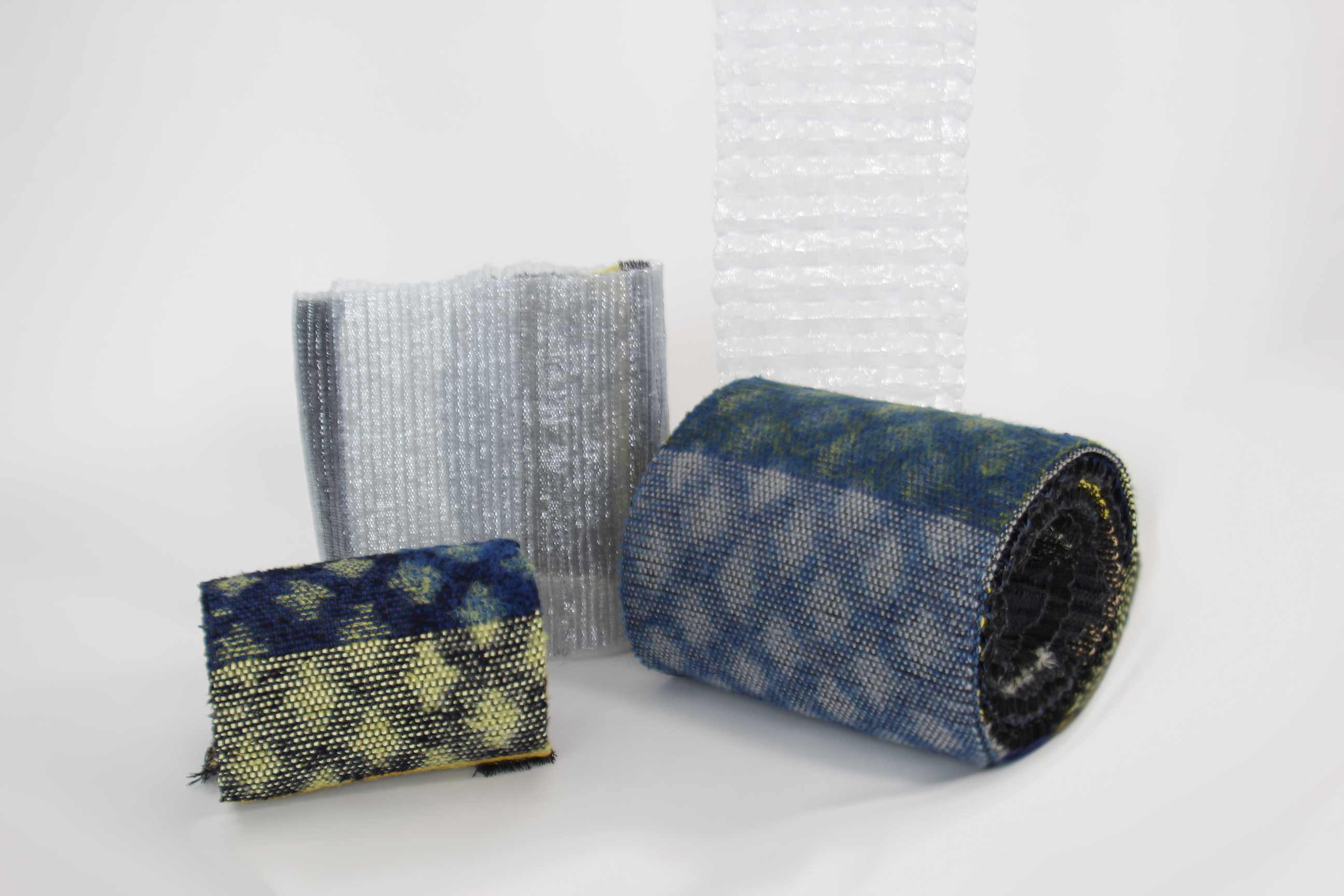 ผ้าทอมือลวดลายมัดหมี่ผสมวัสดุจากต่างประเทศ เช่น ขนสัตว์ กระดาษ เทปผ้า บนโครงสร้างแบบ spacer fabric
ผ้าทอมือลวดลายมัดหมี่ผสมวัสดุจากต่างประเทศ เช่น ขนสัตว์ กระดาษ เทปผ้า บนโครงสร้างแบบ spacer fabric
“For designers, to be able to successfully work with the artisans, we have to get to know them, know how to communicate with them. You can’t think of yourself as this designer from Bangkok who is going to help them make more money. It isn’t like that. Without us, they’re doing just fine by themselves. The truth of the matter is when designers work, we work with materials. We haven’t really involved ourselves with how we work with other individuals. It requires a great deal of social skills. We should look at our collaboration with a community as a social process, which is equally important to the way we work with materials.”
Siriphon’s opinion on the textile industry in Thailand focuses on how to inspire and produce a new generation of textile artisans. “If we don’t take this issue seriously, there will be none left. Traditional textile techniques aren’t something you can learn at university because it’s an entirely different process. At university, it’s academic knowledge that you later apply to the actual practice, but this local wisdom is something one learns by doing, as they become more skilled and attain a deeper level of understanding and proficiency.”


